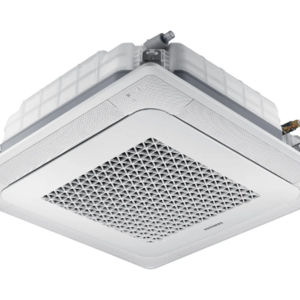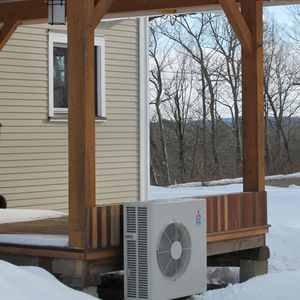
Ductless heat pumps are surging in popularity. This growth has been driven in part by improvements in technology that allow them to perform well in cold climates. Recent increases in fossil fuel prices have also contributed, as have state and utility programs that aim to reduce carbon emissions by electrifying buildings. The recently enacted Inflation Reduction Act will further boost heat pump adoption by increasing federal tax credits and funding new rebates.
The boom in ductless heat pumps is bringing new installers to the field. Some come from traditional HVAC backgrounds and are more familiar with conventional furnaces, boilers, and air conditioners. Others—electricians, home-performance contractors, carpenters—come from related trades; some are new to contracting.
The barriers to becoming a ductless heat pump installer are relatively low in terms of basic skills and required tools. But despite their seeming simplicity, ductless heat pumps can be unforgiving of poor design and workmanship. A bad ductless installation can become a nightmare for homeowners and contractors alike. And bad outcomes lead to bad publicity, slowing heat pump adoption.
A few easily avoided errors are responsible for most problems I’ve seen on ductless systems. If you’re a contractor, paying attention to these critical details can avoid costly callbacks. If you’re a homeowner, knowing about these pitfalls can help ensure your new system is trouble-free.
Proper installation means a leak-free refrigerant circuit
Heat pumps work by moving heat between the indoors and the outdoors. The fluid that carries the heat is known as a refrigerant. As refrigerant moves through the system, its pressure is raised and lowered, and it changes back and forth between gas and liquid states. As it enters the warm side of the system, the refrigerant is compressed, raising its temperature. In heating mode, this hot, high-pressure gas…
Weekly Newsletter
Get building science and energy efficiency advice, plus special offers, in your inbox.

This article is only available to GBA Prime Members
Sign up for a free trial and get instant access to this article as well as GBA’s complete library of premium articles and construction details.
Start Free TrialAlready a member? Log in















One Comment
Thanks for putting all these quality processes in one place, Jon. There's nothing new about heat pump installation, but it all bears repeating early and often.
Log in or become a member to post a comment.
Sign up Log in